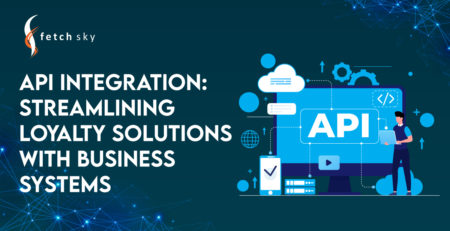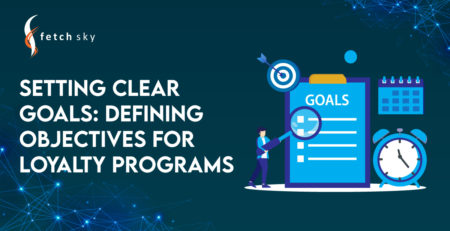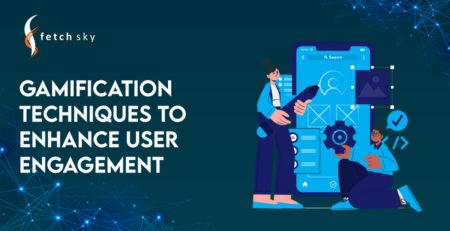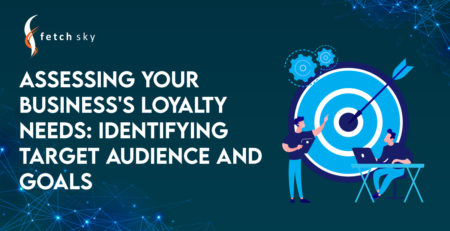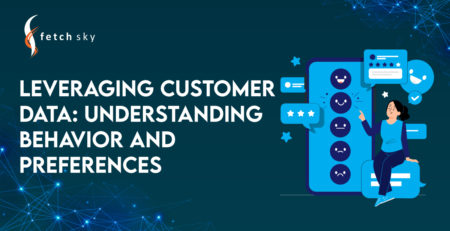Implementing Loyalty Solutions: Practices and Common Pitfalls
Introduction: Practices and Pitfalls
Congratulations! You’ve decided to implement a digital loyalty solution for your business to enhance customer engagement and drive growth. Now comes the crucial phase of putting your plan into action. Implementing loyalty solutions effectively requires careful planning, attention to detail, and a customer-centric approach. In this blog, we’ll explore best practices and pitfalls to guide you through the implementation process and highlight things to avoid for a successful loyalty program launch.
You can read our blogs to know what a Digital Loyalty Solution exactly is, its benefits, how it can boost customer retention, and how to make an attractive loyalty program. You can also find steps to integrate it into your websites and into your apps and into your business systems as well. Moreover, there’s a gaming option you can add to your loyalty program, you can find out more about that as well. For in-depth personalization details in Digital Loyalty Programs, click here. Defining Goals is another important for the Loyalty Program, read more.
Best Practices for Implementing Loyalty Solutions:
Clearly Define Your Objectives
Start by setting clear and specific goals for your loyalty program. What do you aim to achieve through the program? Whether it’s increasing customer retention, boosting sales, or gathering valuable customer data, defining your objectives will guide your strategy and help measure the program’s success.
For instance, if your primary goal is to increase customer retention, you can design a loyalty program that rewards customers for repeat purchases and offers exclusive benefits for loyal members. Defining these objectives will help you stay focused and ensure that your loyalty program aligns with your broader business goals.
Understand Your Target Audience
Know your customers inside out. Conduct market research and gather customer feedback to understand their preferences, needs, and pain points. Tailor your loyalty program to align with your customers’ interests, ensuring that the rewards and benefits resonate with them.
Personalization is key to engaging customers in your loyalty program. By leveraging customer data and segmentation, you can offer personalized rewards that cater to individual preferences and purchase history. Understanding your target audience allows you to create a loyalty program that appeals to their specific needs and motivates them to participate actively.
Choose the Right Loyalty Model
There are various loyalty models to choose from, such as points-based systems, tiered programs, cashback rewards, or gamified approaches. Select a model that complements your business type, customer behavior, and budget. Consider testing different models and gathering feedback before finalizing the structure.
The loyalty model you choose should align with your customer’s preferences and incentivize behaviors that benefit your business. For example, a tiered loyalty program can encourage customers to spend more to unlock higher rewards and exclusive benefits, increasing their lifetime value.
Invest in the Right Loyalty Software
Choosing the right loyalty software is crucial for the program’s success. Look for a flexible and scalable solution that can accommodate your business’s needs as it grows. Ensure that the software integrates seamlessly with your existing systems and provides robust data analytics capabilities.
The loyalty software serves as the backbone of your loyalty program, facilitating customer enrollment, reward tracking, and data management. A user-friendly and feature-rich software platform simplifies the customer experience and makes it easier for your team to manage and optimize the loyalty program.
Keep the Onboarding Process Simple
Make it easy for customers to join your loyalty program. Avoid lengthy registration processes and minimize the data required for sign-up. Provide multiple channels for enrollment, such as in-store, online, or mobile apps, to cater to various customer preferences.
A straightforward onboarding process increases the likelihood of customer participation in your loyalty program. Offer clear instructions and incentives for signing up, such as a welcome bonus or an exclusive first-purchase discount, to entice customers to join.
Offer Personalized Rewards
Use customer data and analytics to offer personalized rewards. Tailor rewards are based on individual preferences, purchase history, and behavior. Personalization enhances the customer experience and encourages active participation in the program.
Customers are more likely to engage with a loyalty program when they feel that the rewards are relevant to their interests and preferences. Personalized rewards also foster a sense of appreciation and recognition, strengthening the emotional connection between customers and your brand.
Communicate Clearly and Regularly
Keep your customers informed about the loyalty program through various communication channels. Be clear about the program’s benefits, rules, and redemption options. Regularly remind customers about their rewards and upcoming promotions to maintain engagement.
Effective communication is essential to keep customers engaged and informed about the value they receive from the loyalty program. Utilize email newsletters, mobile app notifications, and social media to reach your customers with updates and special offers.
Monitor and Analyze Performance
Implementing a loyalty program is not a one-time event. Continuously monitor its performance using key performance indicators (KPIs) such as customer participation rates, redemption rates, and customer retention. Use data analytics to gain insights into customer behavior and identify areas for improvement.
Regular performance monitoring helps you identify trends, successes, and areas where the program may need adjustments. Analyzing customer data and feedback allows you to fine-tune your loyalty program to meet changing customer needs and preferences.
Common Pitfalls to Avoid:
Overcomplicating the Program
Keep your loyalty program simple and easy to understand. Avoid adding too many rules or complexity, as it can confuse customers and deter participation. A straightforward and transparent loyalty program is more likely to attract and retain customers.
Neglecting Customer Feedback
Customer feedback is invaluable. Pay attention to customer comments and suggestions, and use this feedback to refine your loyalty program over time. Actively seek customer feedback through surveys or direct communication to understand their experiences and pain points.
Ignoring Data Privacy
Ensure that your loyalty program complies with data protection regulations. Be transparent about data collection and usage practices and obtain explicit consent from customers. Protecting customer data builds trust and ensures compliance with privacy laws.
Lack of Promotion
Don’t assume customers will automatically join the loyalty program. Actively promote it through various marketing channels to raise awareness and encourage sign-ups. Use marketing materials, social media, and in-store signage to promote the benefits of the loyalty program.
Offering Irrelevant Rewards
Avoid offering generic rewards that may not interest your target audience. Use data analytics to understand customer preferences and offer rewards that align with their interests. Tailored rewards make customers feel valued and appreciated.
Failing to Reward Loyal Customers
Your loyal customers are your most valuable asset. Ensure that your loyalty program rewards and recognizes their loyalty appropriately. Loyal customers who feel appreciated are more likely to continue engaging with your brand.
Neglecting Program Maintenance
A loyalty program requires ongoing attention and optimization. Continuously analyze its performance and make necessary adjustments to keep it relevant and effective. Regularly review KPIs, customer feedback, and industry trends to identify opportunities for improvement.
In conclusion, implementing a digital loyalty solution can be a game-changer for your business, enhancing customer engagement and fostering lasting relationships. By following best practices and avoiding common pitfalls, you can create a successful loyalty program that drives growth and sets your business apart from the competition. Remember, a well-executed loyalty program can turn one-time customers into loyal brand advocates and contribute significantly to your business’s long-term success.
To get a complete guide to Digital Loyalty Solutions, Click Here.


